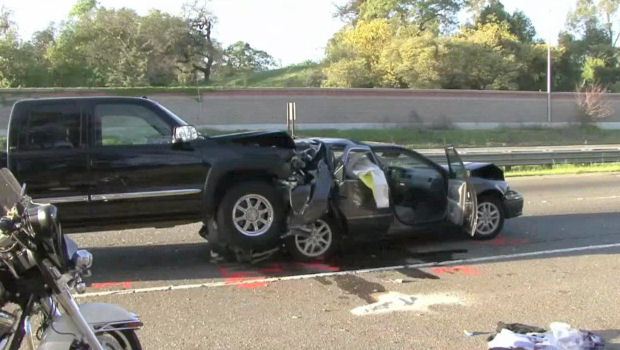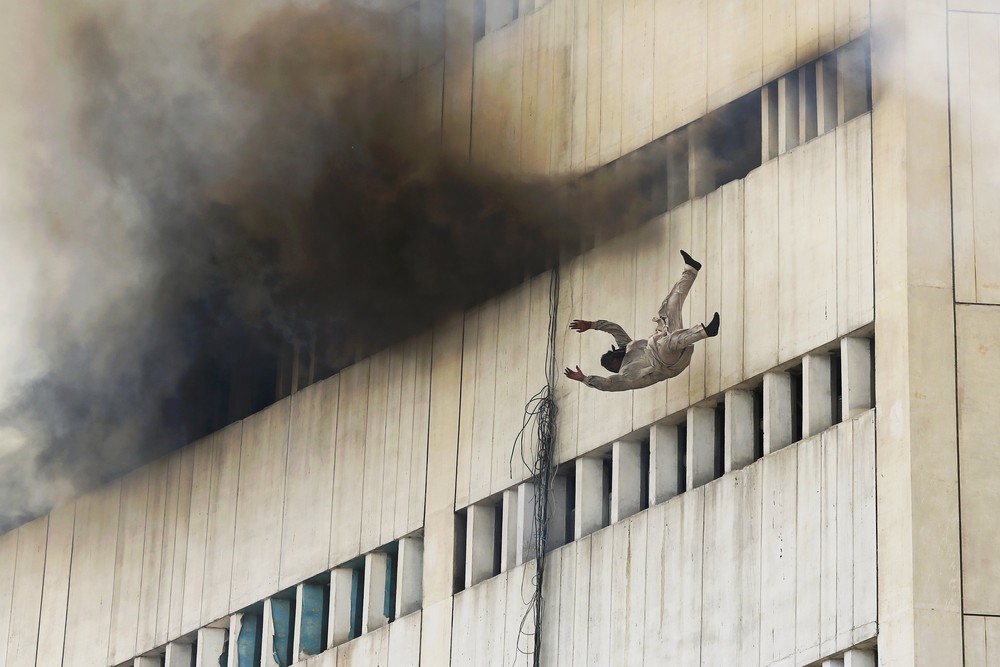Case Vignette
Whiplash, Whiplash, Whiplash…..

I hate the term “whiplash”! It conjours up a vision of a rodeo rider, standing in the middle of a heavily-hoofed, sandy ring, wearing his chaps and flailing a whip above his head. As he suddenly reverses direction on this beautifully woven leather device, a loud cracking noise splits across the crowd. It really is quite dramatic. It is a gross overstatement of what usually occurs at a clinical level in most rear end collisions.
A better term is in the form of a “flexion extension acceleration injury” or a “lateral flexion acceleration injury”. This is what commonly occurs in a rear end motor vehicle collision or a T-boning motor vehicle collision.
Musculoligamentous strain injuries can ensue. It is also possible that there could be a derangement of one or more of the intervertebral discs and a fracture could also be sustained.
Consider this Lady
With this vignette, a 63 year old lady was an occupant in the passenger seat of a Commodore sedan being driven by her husband. They had been stationary at a set of traffic lights in a line of traffic for more than 30 seconds. The sedan was struck from the rear by a following four wheel drive vehicle fitted with a towbar and towing a trailer filled with concrete blocks. The forces were sufficient to shunt the Commodore sedan into the rear of the vehicle in front. Her vehicle was damaged beyond economical repair, the plaintiff lost consciousness briefly and the rear of her seat was broken back to a horizontal level.
Under normal circumstances, it would be reasonable to assume that the patient has sustained a very severe injury and that her ongoing clinical circumstance was not only linked with the injury but also of a compensable nature.
The Past History is Important Too
The gleaning of a careful history however confirmed that this was the fourth such accident of this nature and that she had already been compensated financially for the three previous accidents.
She had been subjected to a careful, objective orthopaedic examination only weeks prior to this subject accident. That same orthopaedic examiner had an opportunity to re-examine her twelve months following this subject accident. Little or no difference was found in the pre-accident and post-accident examinations.
It might be reasonable to assume therefore that although the discomfort she experienced at the time of the accident may have been considerable, the natural history was such that she returned to her pre-accident state. Any ongoing measurable impairment is more likely to be linked with the antecedent three accidents than this subject accident.
The concept of apportionment of blame is very important.


